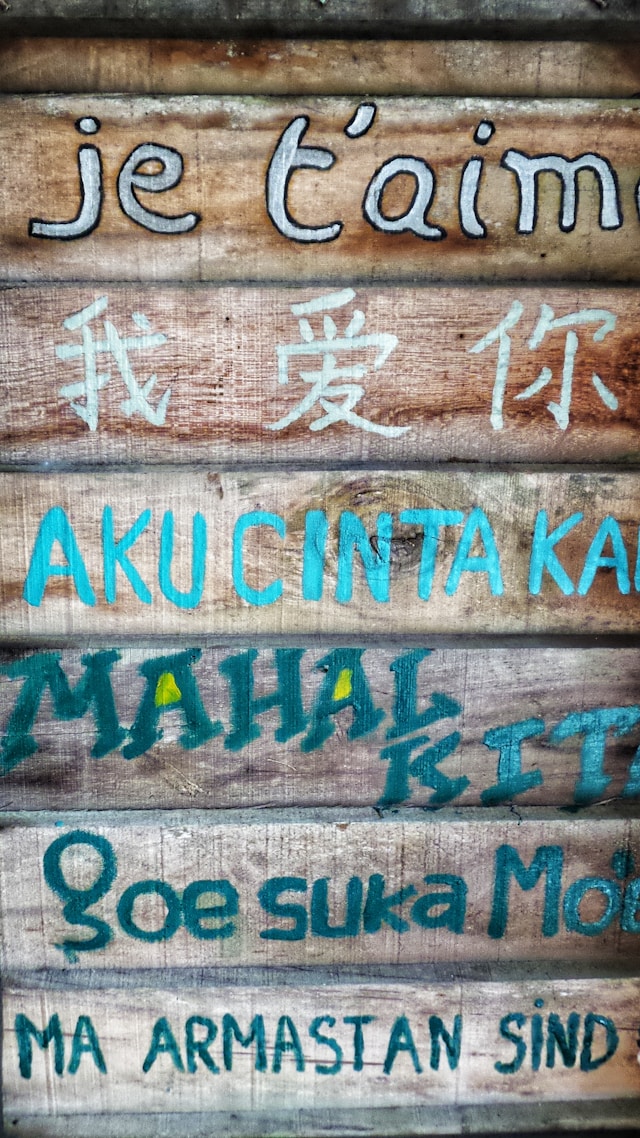In 2021, some 738,000 people in Canada could speak Tagalog.
That’s according to a new report by Statistics Canada about linguistic diversity in the country.
Tagalog is the base or foundation of Filipino, the national language of the Philippines, as provided in the Asian country’s 1987 Constitution.
The number of people who can speak Tagalog in Canada roughly mirrors the size of the Filipino community in the former British colony.
Based on the 2021 Census, there are 925,490 people of Filipino heritage in Canada, or close a million strong.
As per the Statistics Canada report released on January 22, 2025, more than nine in 10 Tagalog speakers in Canada were born outside Canada.
By the way, a lot of non-Filipinos may not know that most Filipinos also speak a language from the Philippines other than Tagalog.
As the World Atlas notes, the Philippines is an ethnically diverse country and over 150 languages are spoken there.
The Statistics Canada report on January 22, 2025 is titled “Linguistic diversity in Canada: Shedding light on 2021 Census data on non-official languages”.
The report shows that Tagalog is the sixth most spoken non-official language in Canada.
Spanish was the most spoken non-official language, with nearly 1.2 million speakers.
Mandarin came second, 987,000; Punjabi, 942,000; Arabic, 838,000; and Hindi at fifth with 761,000 speakers.
Statistics Canada noted that Tagalog had the highest proportion of women speakers (57.9 percent).
In its report, the agency stated that 98 percent of Canadians in 2021 knew English or French, the country’s two official languages.
Meanwhile, around 10.7 million people, or nearly three in 10 Canadians, could converse in a non-official language.
“The number of people whose mother tongue was a language other than English or French reached 8.5 million, or 23.2% of the population, compared with 1.7 million people (11.8% of the population) in 1951.”
Going back to 2001, 6.4 million people or 21.8 percent could converse in a non-official language.
“This number rose to more than 10.7 million (29.5% of the population) in 2021, coinciding with the rise of the number of immigrants living in Canada who spoke a non-official language, which rose from 4.9 million in 2001 to 6.7 million in 2021. More than 400,000 speakers of Mandarin, Tagalog, Arabic and Hindi immigrated to Canada from 2001 to 2021, contributing to the rise,” Statistics Canada reported.
Statistics Canada noted that a language is “more likely to be spoken at home if all members of the household know the language, as opposed to when only some do”.
“Speaking a language at home also facilitates its transmission and acquisition.”
The agency stated that when “several but not all household members knew a language, the likelihood of this language being used in the household diminished significantly”.
Although the decrease varies by language, the case about Tagalog is illustrative.
“In 2021, Tagalog was spoken in 84% of households in which several but not all members knew Tagalog. This proportion was 9 percentage points lower than that of households in which all members knew Tagalog (93%),” Statistics Canada reported.
Outside the home, language diversity is also on display at the workplace.
“In 2021, nearly 670,000 people used a language other than English or French at work, representing around 1 in 25 workers in Canada. Among these workers, 546,000 used English or French at work in addition to a non-official language, while over 123,000 used only a non-official language.”
Which workplace are Tagalog speakers likely to be found?
Statistics Canada reported, “Retail trade was the sector with the largest number of people using Mandarin, Hindi, Arabic, Urdu and Gujarati in 2021. Health care and social assistance was the sector with the largest number of workers using Tagalog, Italian, Greek, Tamil, Ukrainian and Romanian. Cantonese, Vietnamese and Korean were mainly used in the accommodation and food services sector, while Spanish, Russian, Persian and Bengali were mainly used in the professional, scientific and technical services sector.”
By Carlito Pablo



